
This course introduces the basics of data communication and networking. Students will develop an understanding of the general principles of data communication and networking as used in networks. It also includes an activity of setting up a small local area network. The goal of this course is that the student will develop an understanding of the structure of network, its elements and how these elements operate and communicate with each other.
Concept of communication system, Analog and Digital Communication, Data communication modes, Synchronous and asynchronous transmission, Simplex, half-duplex, full duplex communication ,Networking Protocols and Standards, Layering, OSI reference model, encapsulation, End-to-end argument. Protocol design issues, Applications.
Unit 2 : Modulation and EncodingAnalog Modulation (AM, FM, PM), AM Demodulation (one technique only), Advantages and Disadvantages of each., Analog to Digital (Digitization), Sampling, Quantization, Digital to Analog., Digital Modulation (ASK, FSK, PSK, QPSK)
Unit 3 : Multiplexing and SwitchingConcept, FDM, TDM, SDM, Multiplexing Applications, Circuit and Packet Switching
Unit 4 : Communication MediumsDigital data transmission, Serial and Parallel Transmission, Guided and Unguided mediums, Wireless Communication, Coaxial Cables, Twisted Pair Cables, Fiber Optic Cables, Connectors
Network Concept, LAN overview, LAN Topologies, LAN access methods, Network Types based on size like PAN, LAN, MAN, WAN, Functional Classification of Networks, Peer to Peer, Client Server. Wide Area Network, WAN Topologies, WAN Access Methods.
Unit 2 : OSI and TCP/IP ModelsIntroduction of OSI Model, Need of such Models, Basic functions of each OSI layer, Introduction to TCP/IP, Comparisons with TCP/IP layers. (At the beginner’s level)
Unit 3 : Physical and Data link LayerError detection and correction, CRC, Framing, Retransmission strategies, Multi-access communication, CSMA/CD, Ethernet, Addressing, ARP and RARP.
Unit 4 : Internetworking DevicesNetwork Interface Cards, Modems, Repeaters, Hubs, Bridges, Switch (L2 and L3 differences) and gateways
Circuit and packet switching, Routing, Congestion control, Routing protocols: distance vector vs link-state routing, DV problems, Network Addressing, Forwarding, Fragmentation, Error Messaging Services.
Unit 2 : Transport LayerAddressing and multiplexing, Flow control, congestion control, data transport, Port numbers, service models, Intro to reliability, QoS.
Unit 3 : Application LayerDNS, Remote Logging, File transfer, Network Management, client-server applications, WWW, E-mail, MIME
Unit 4 : Network ApplicationsInternet Applications like emails, chatting, social networking, Rail Reservations, Information Sharing, e-governance, Online Processing and Collaborations, etc. ,Mobile Applications
Examples of designing the developing small networks, Structure Cabling, Integrating home computers and devices, creating a small Networking
Unit 2 : Introduction to Network ArchitecturesX.25, Frame relay, Telephone network, ATM network, ISP, IPv4 and IPv6 overview
Unit 3 : Introduction to Wireless and Mobile NetworksIntroduction to wireless communication systems, modern wireless communication systems and generations, Introduction to cellular mobile systems, CDMA, cellular system design fundamentals.
Unit 4 : Network SecurityIntroduction to computer security, Security services, Authentication and Privacy, Block and Stream Ciphers, Public and Private key Cryptography, Introduction to RSA, MD5 and DES at the beginner’s level.
This is one of the best institute for Autocad Training. I recommend everyone should study from Mohsin sir class and join his batch only, he is very knowledgeable and expert in this industry. He always explains the concepts very clearly and

I had enrolled in the Graphic Designing training Course. The course was well taught by the trainer and the learning environment was great. they provide best and updated Study material and Give training on real industry assignments , they gi
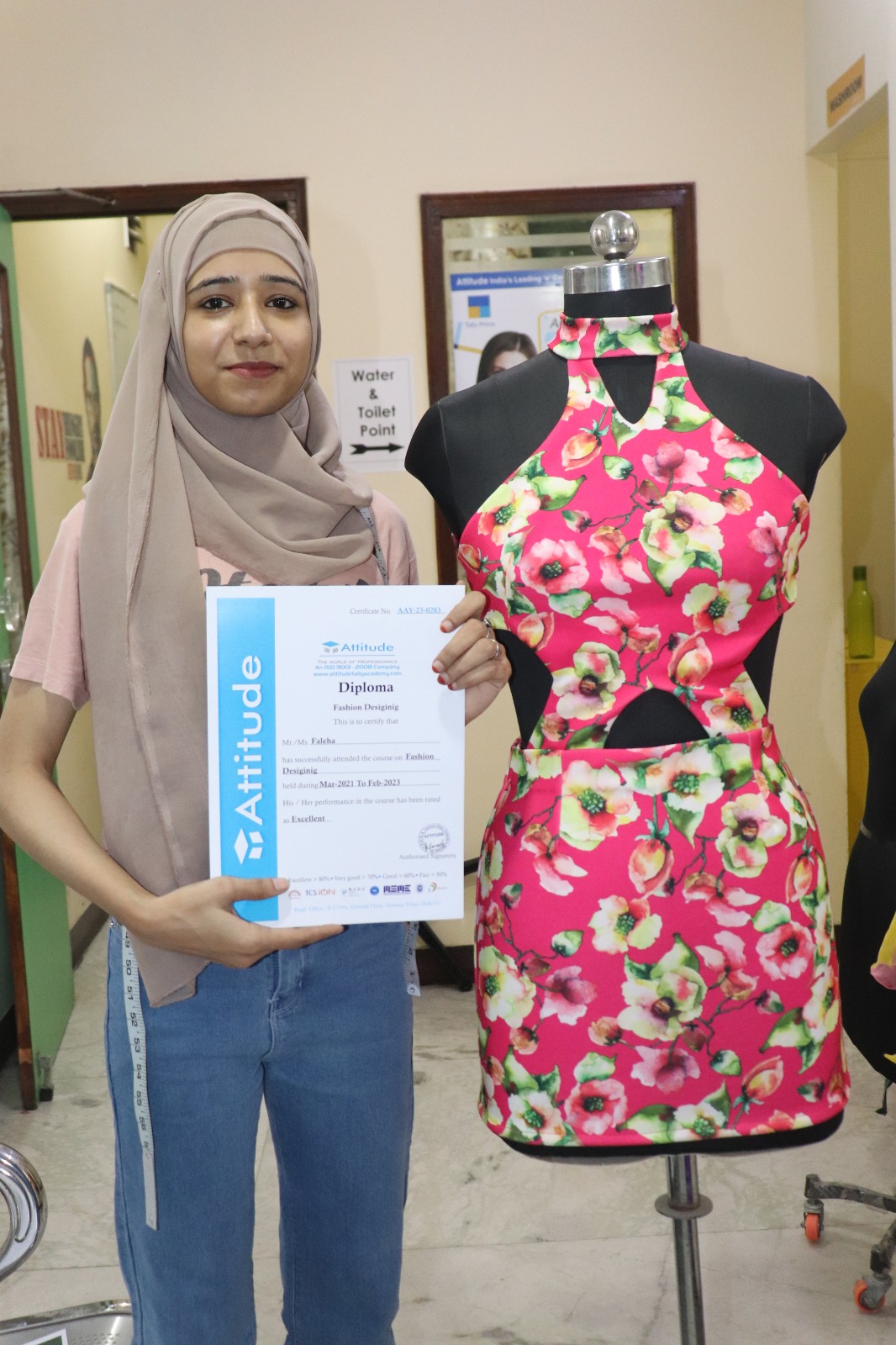
It has been a great experience for me to take fashion and dress designing training from attitude academy. I have taken fashion and dress designing course .the trainer especially anjali mam is very good and has good knowledge. I have also go
I recently completed the Interior Designing training course at Attitude Academy, and it exceeded my expectations. The trainer's expertise and the excellent learning environment made the experience remarkable. The study material was top-notc

It has been a great experience for me to take Autocad 3d's Max training from Attitude Academy. I have taken Autocad course. The trainer especially Sumit Sir is very good and has good knowledge. I have also got a placement from here. The pla
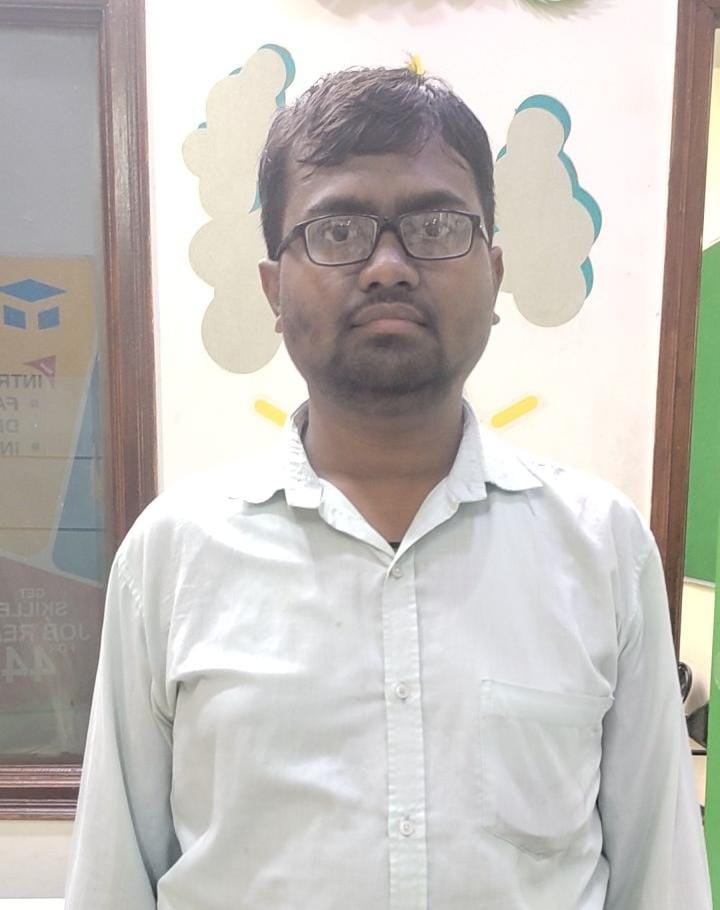
I had enrolled in the Interior Designing training Course. The course was well taught by the trainer and the learning environment was great. they provide best and updated Study material and Give training on real industry assignments , they
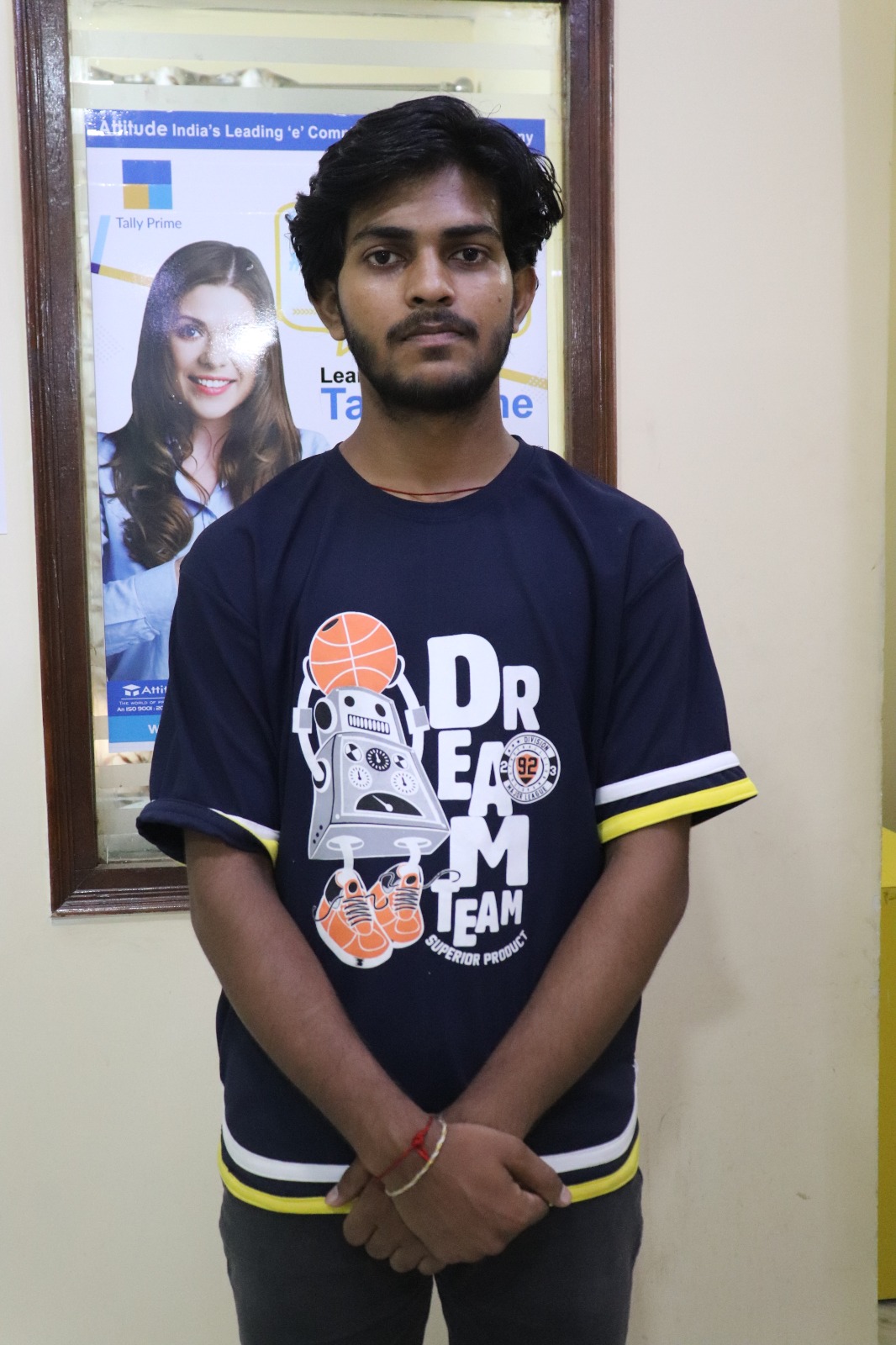
It was such a great experience to study AutoCAD course, I have learned a lot about my strengths and weaknesses with the help of my amazing tutors. Now I believe I am more capable of teaching different skills effectively.

Being a student at Attitude Academy Yamuna Vihar as a super over experience. I am perceiving in financial accounting course I spend six month in this institute. I learnt so many things here there is not been academic also extra curriculum a
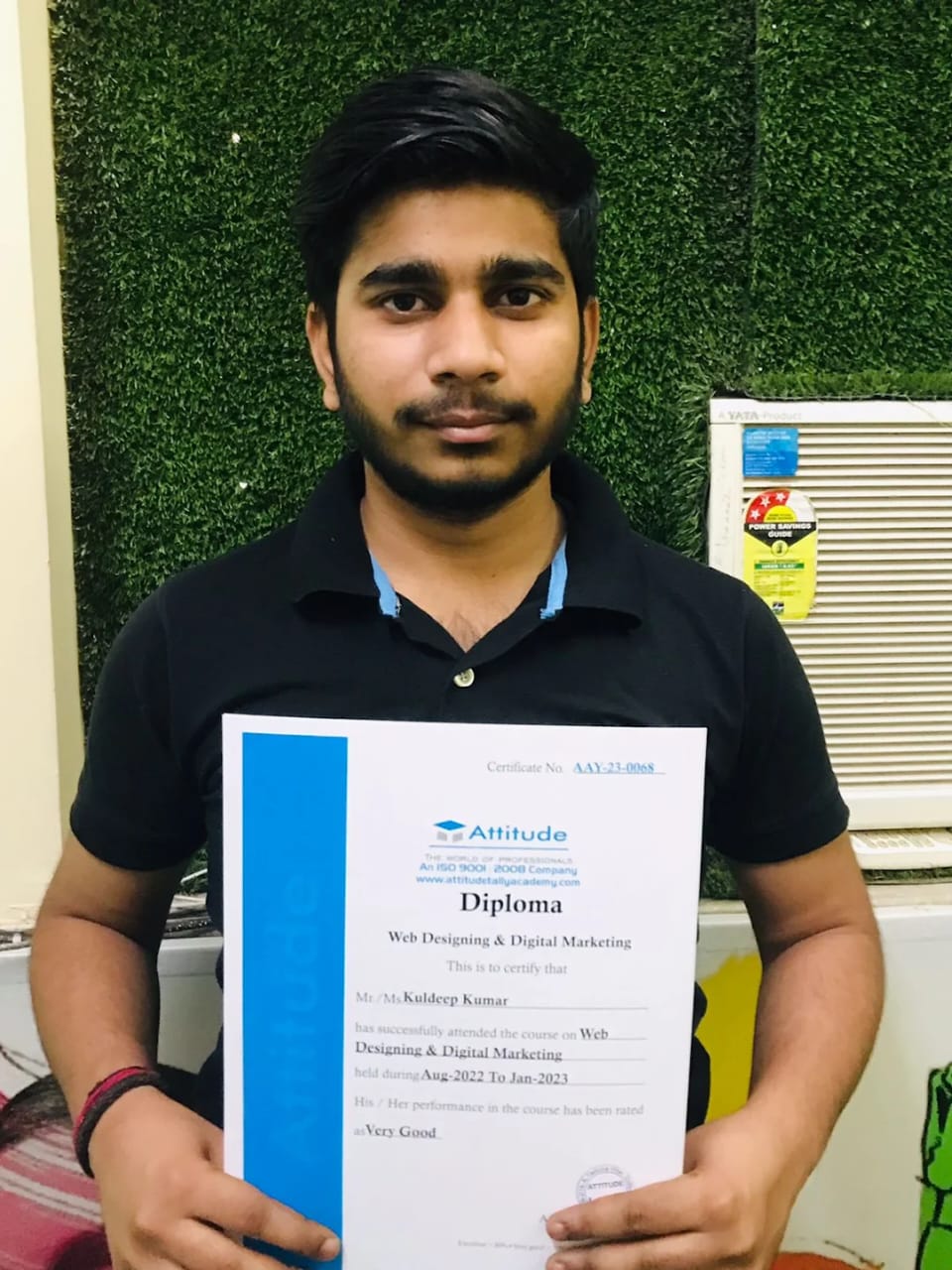
It has been a great experience for me to take Digital Marketing training from Attitude Academy. I have taken Digital Marketing Classes. The trainer especially Naresh Sir is very good and has good knowledge. I have also got a placement from

Had a great experience with the course, the classes touch upon both the functional and theoretical aspects of programming, and the care in responding to questions as well as obvious dedication to continue updating and improving the course a

While starting the course I was lacking motivation but as I learned to go with flow and explored different topics, faculty at Attitude Academy helped me by taking care of all the doubts. Thus, ensuring my clarity in the subjects.

My experience with Attitude Academy has been great. Now, I can say that I have a strong foundation in programming, This course gave me a taste of developing websites which helped me build some interesting projects for my portfolio.

Best academy for smart courses and good facilities

i am an accountant by profession and the hole credit goes to Attitude tally academy , specially Turab sir.. here i got basic to excellence knowledge of accounting
Wonderful dresses I am stitching for myself, my family and the institute, after learning dress designing from this institute. So happy...
Best FD and DD, I am doing 6 months course from here, Anjali and Divya mam are best. Such an experienced and great faculty of fashion and dress designing here.
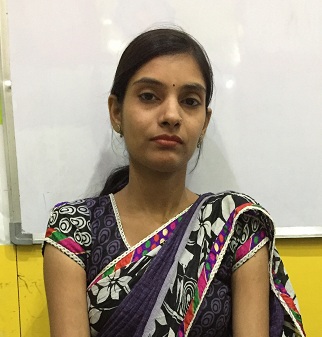
I have Completed my Tally.ERP9 Course with good experience. And now I feel that I am very confident about my interview and job.